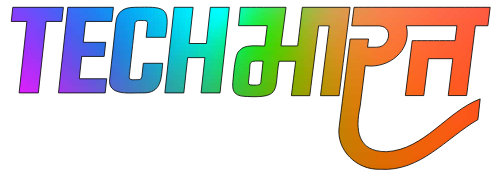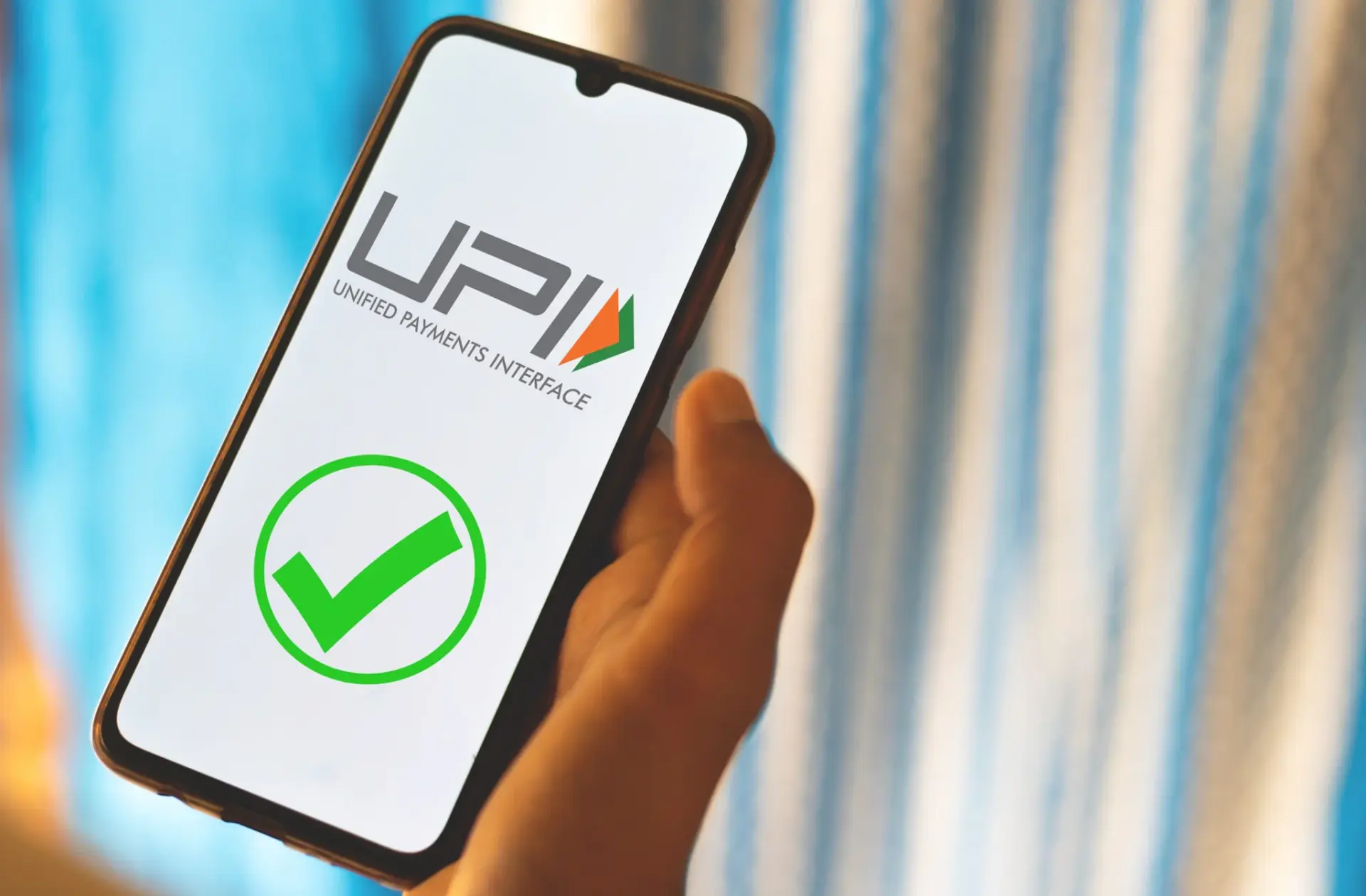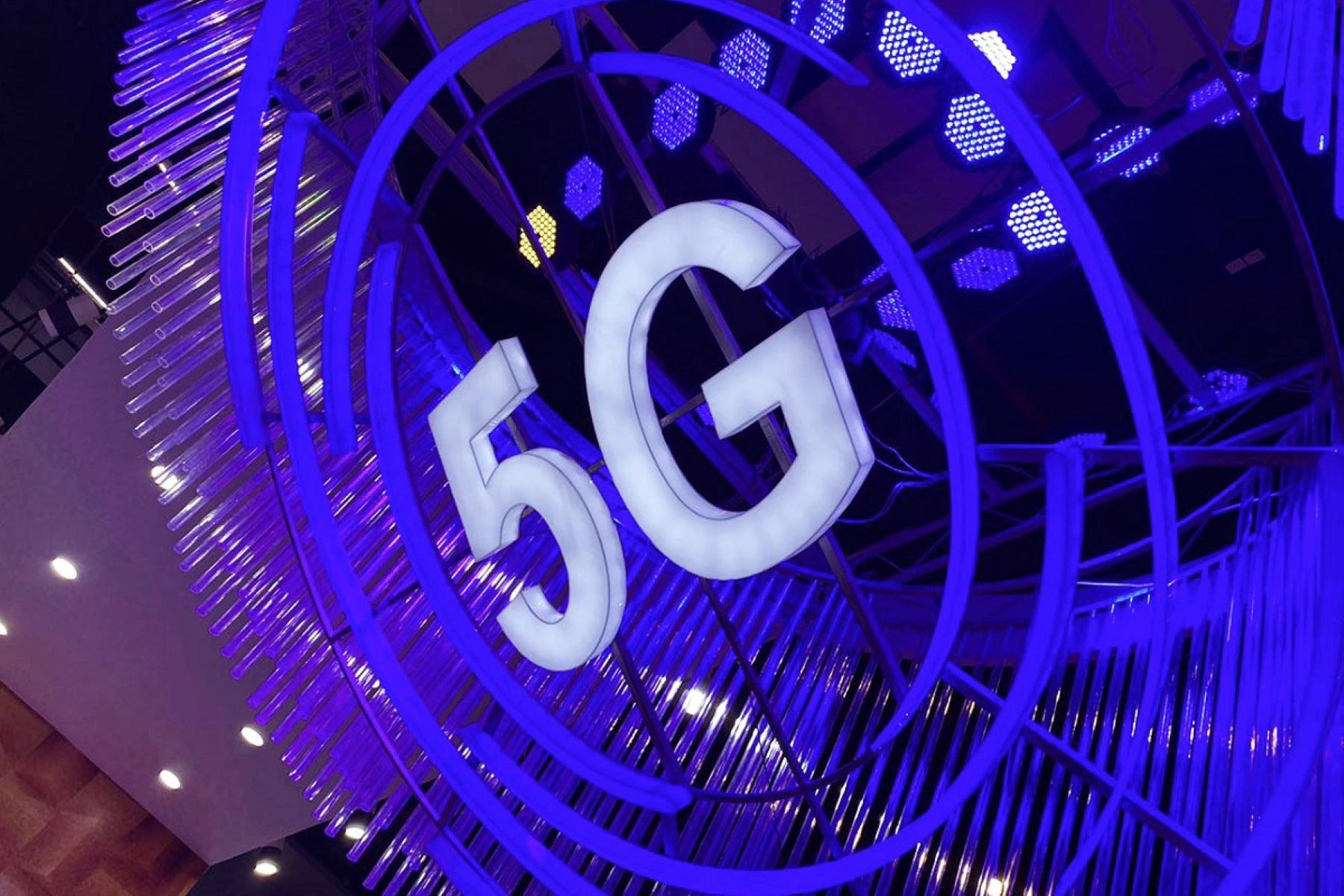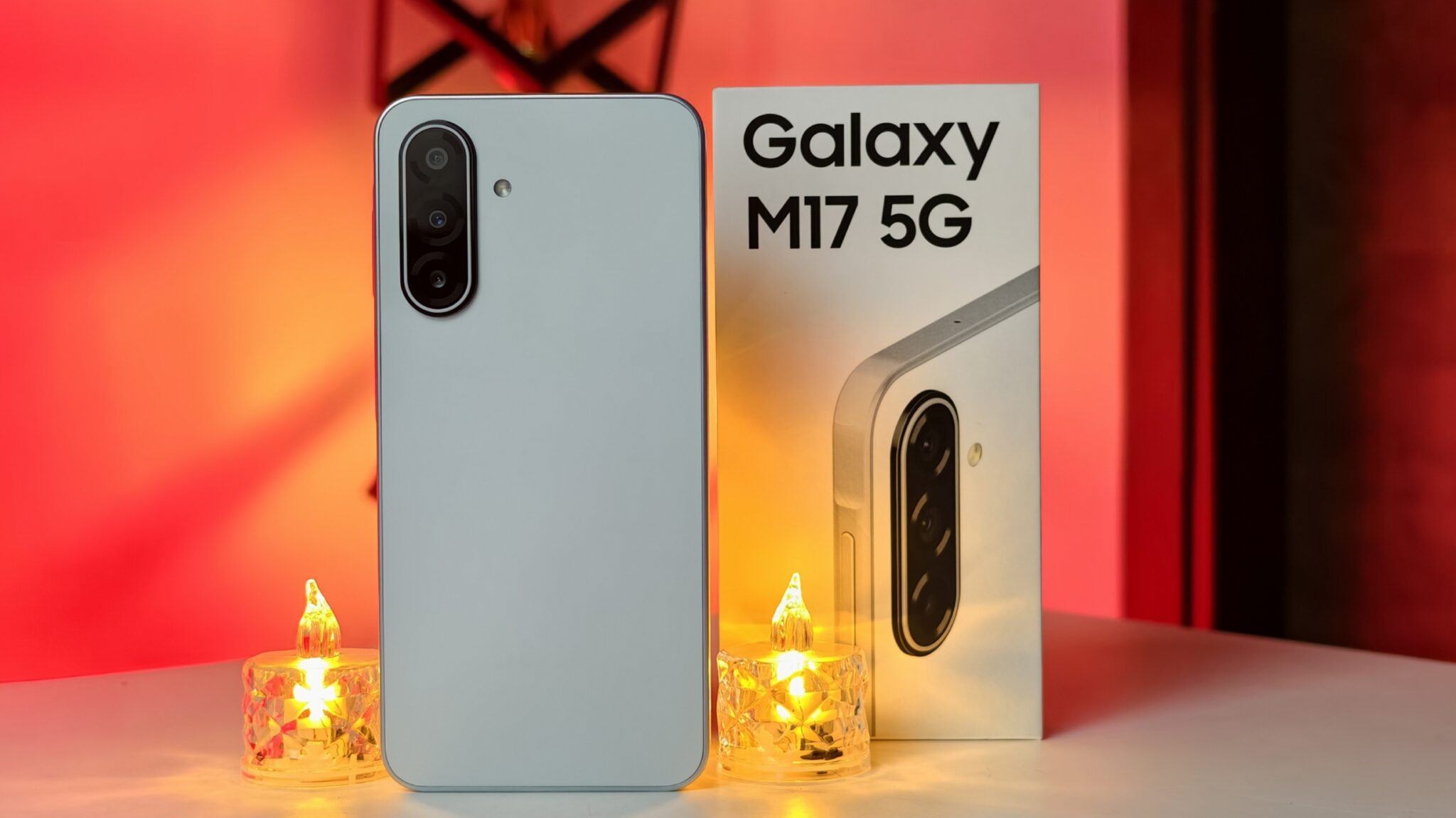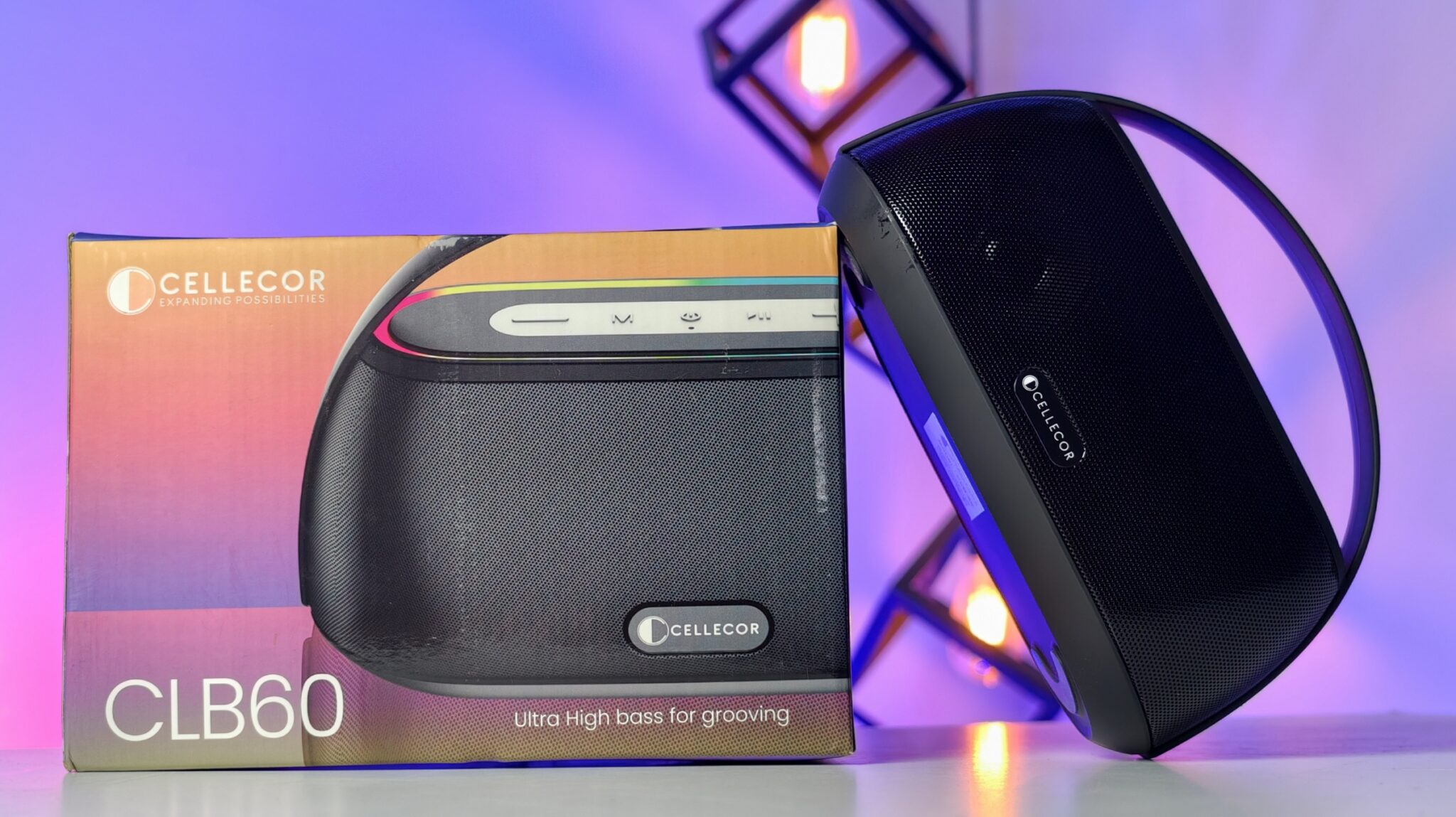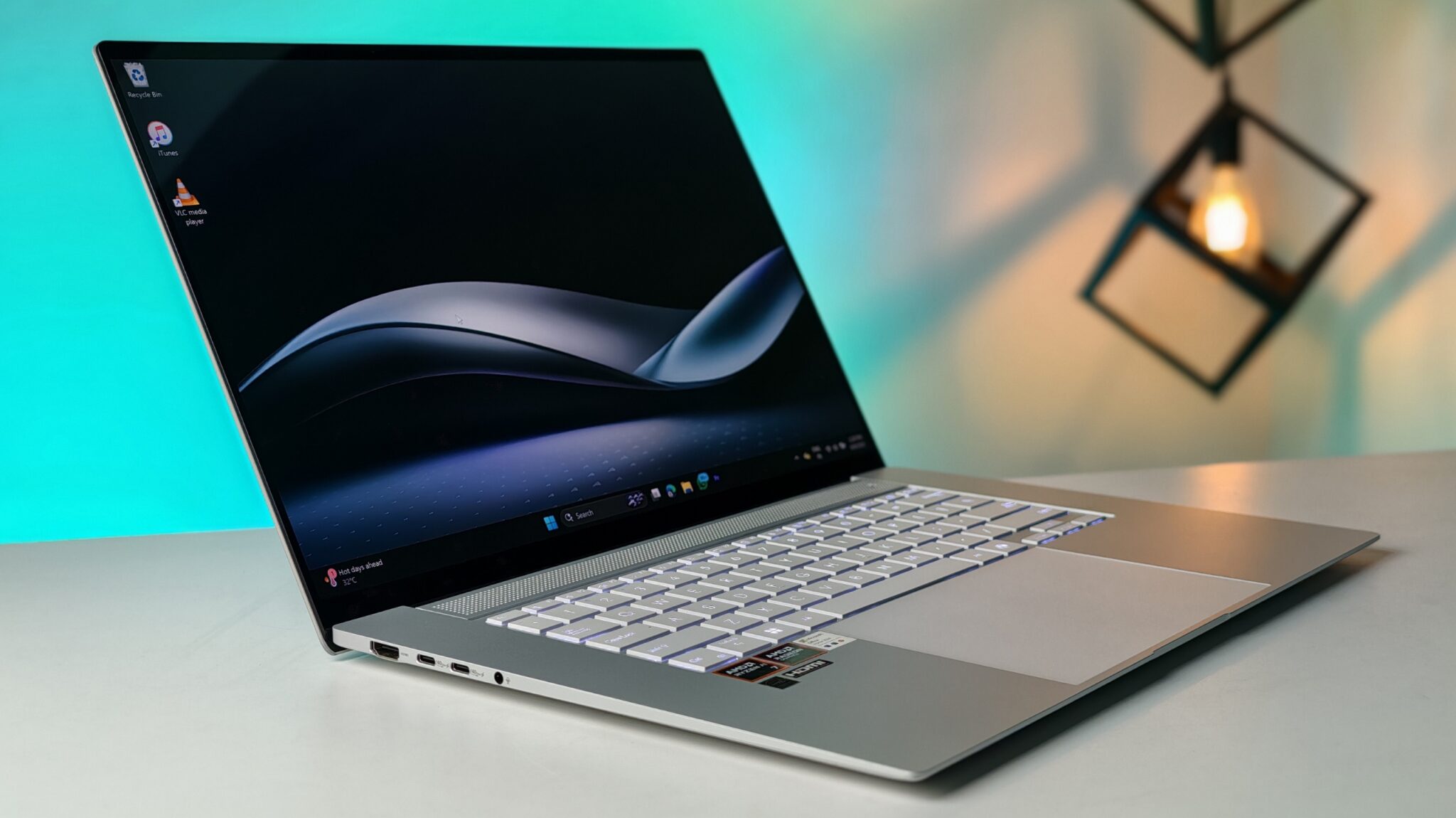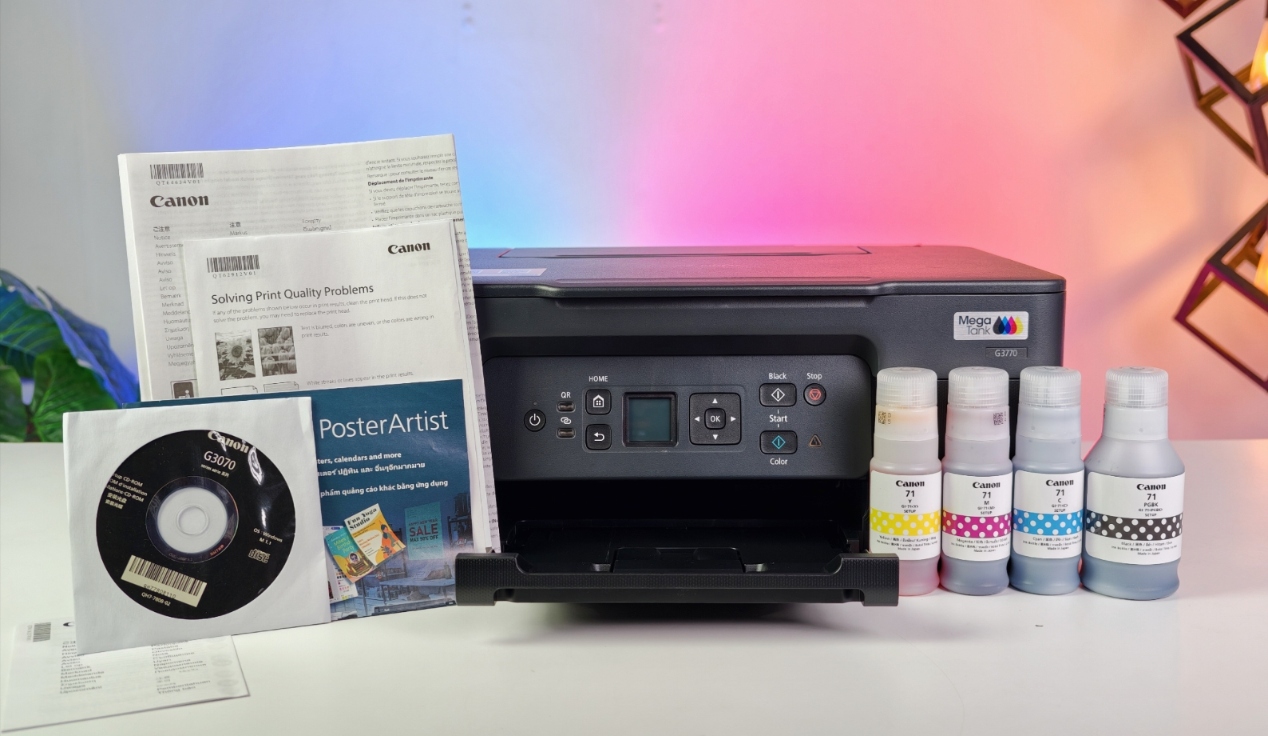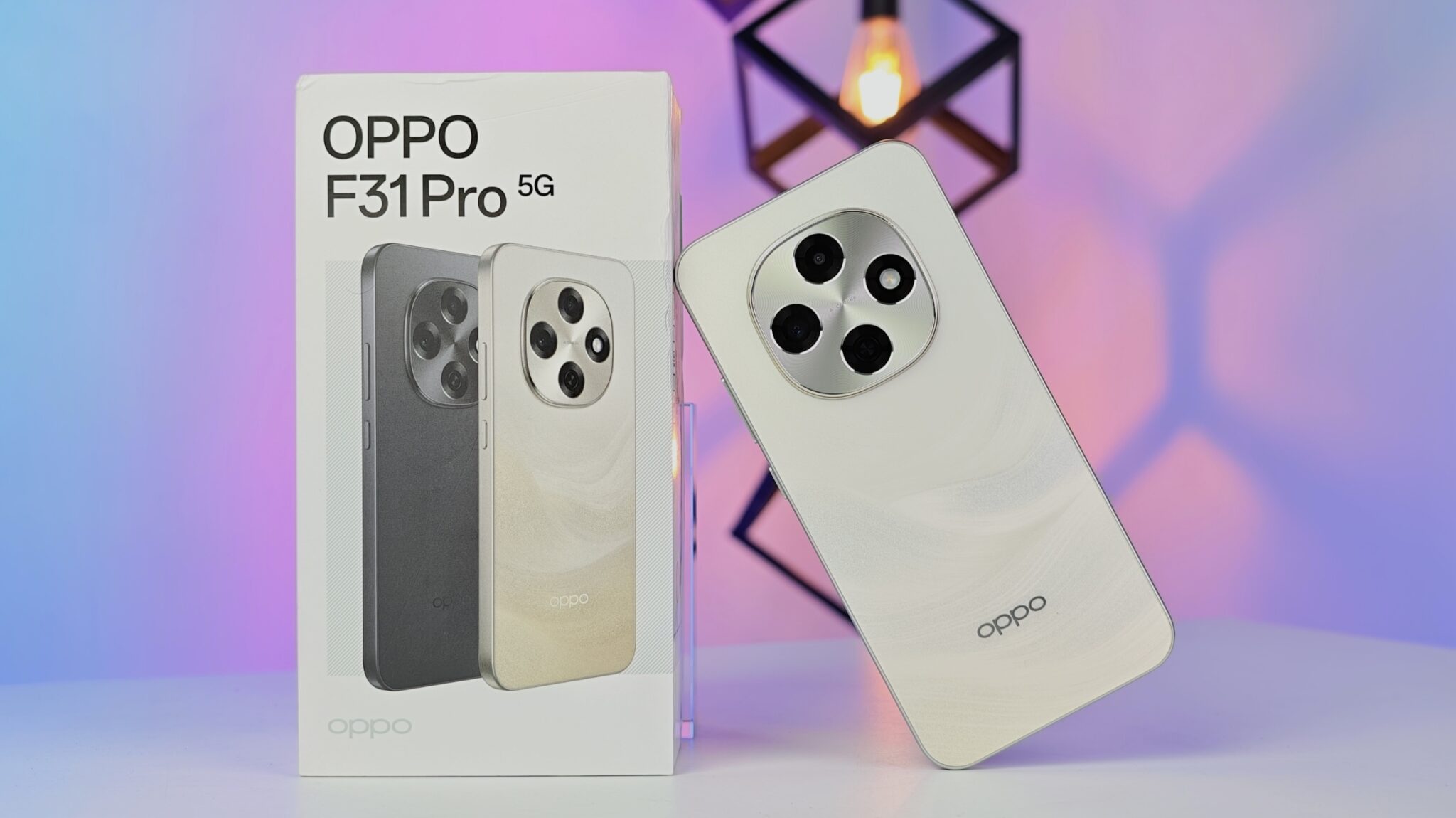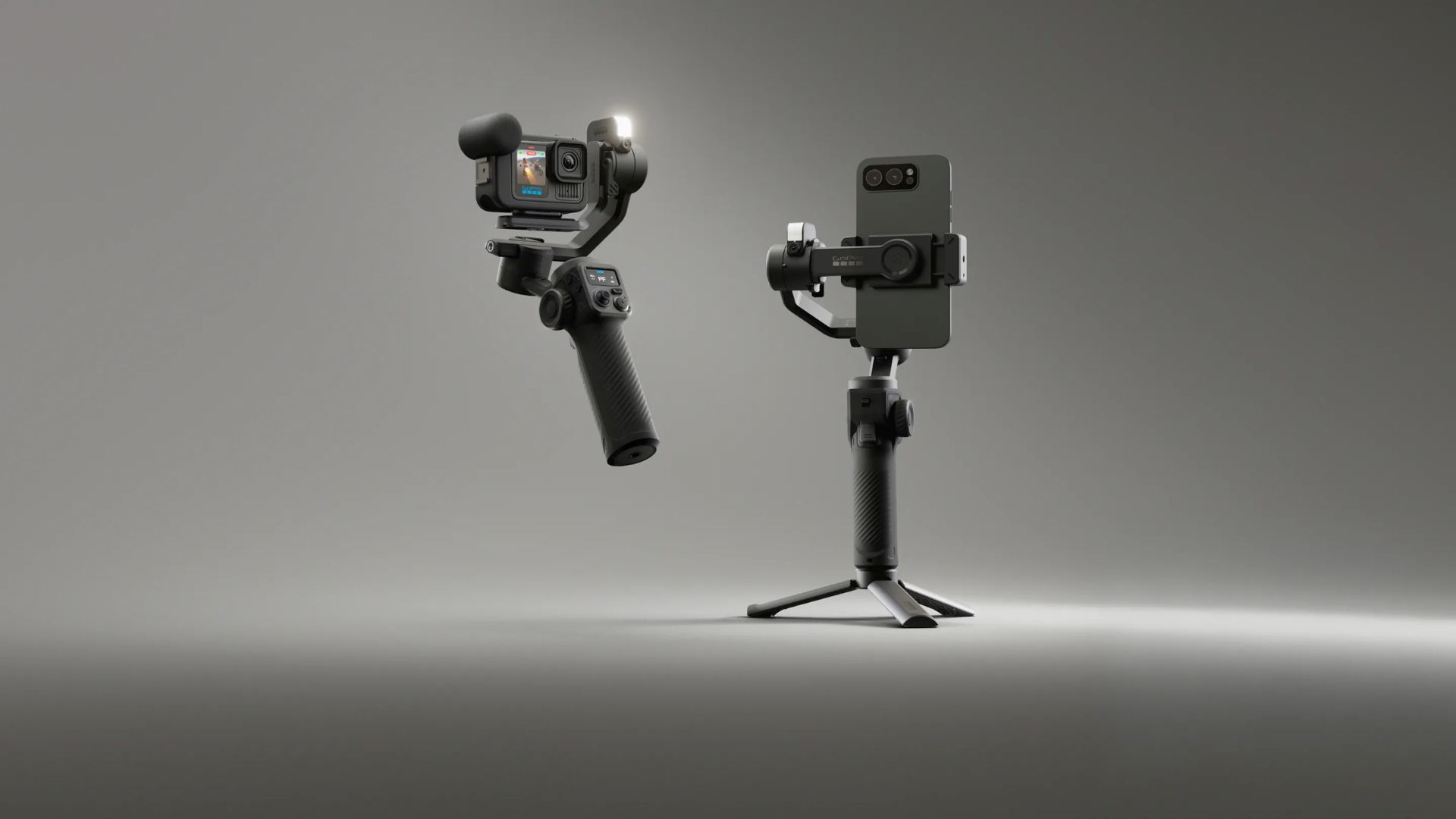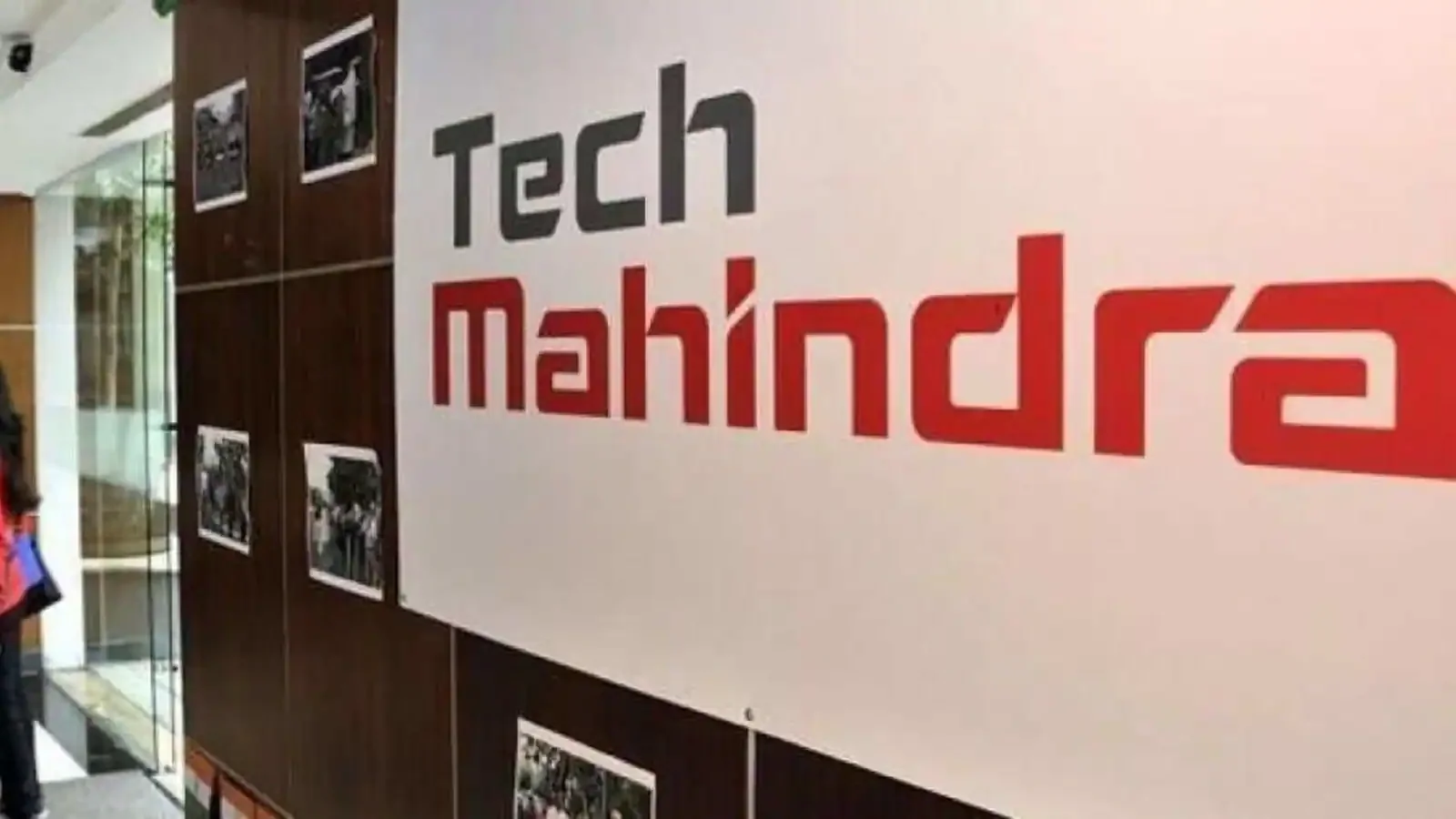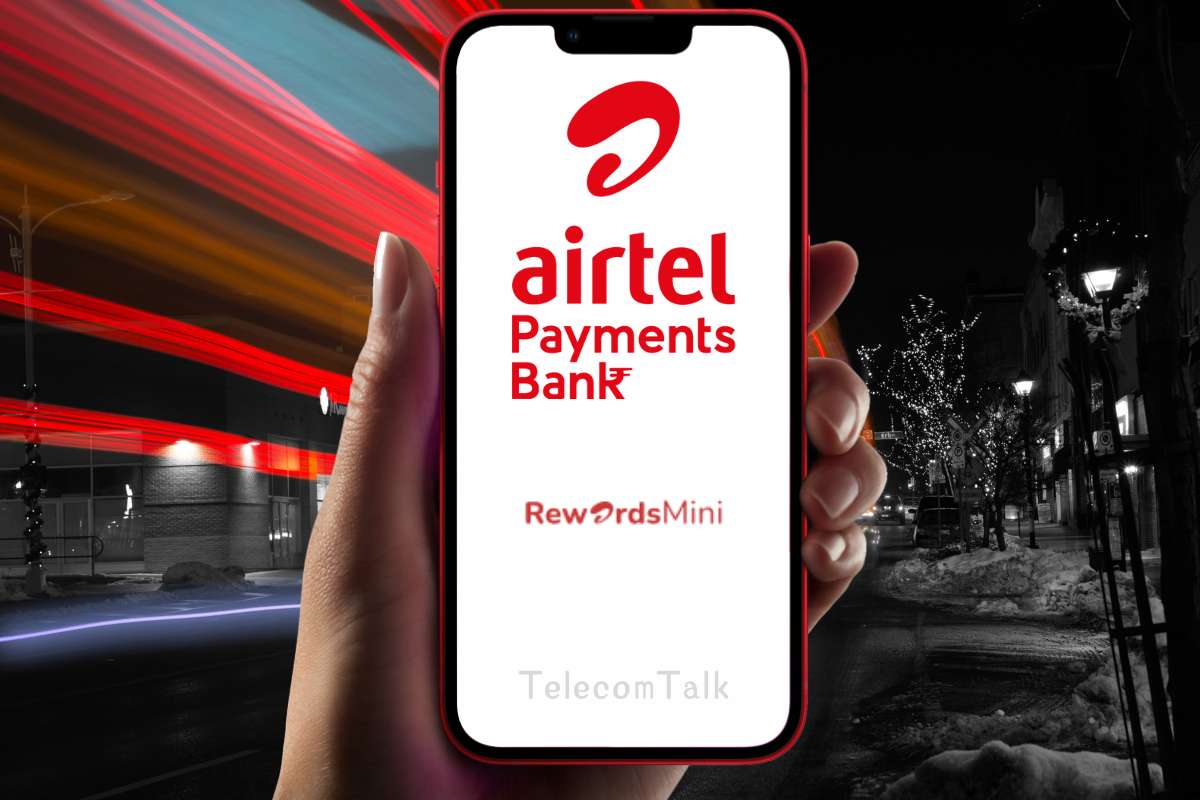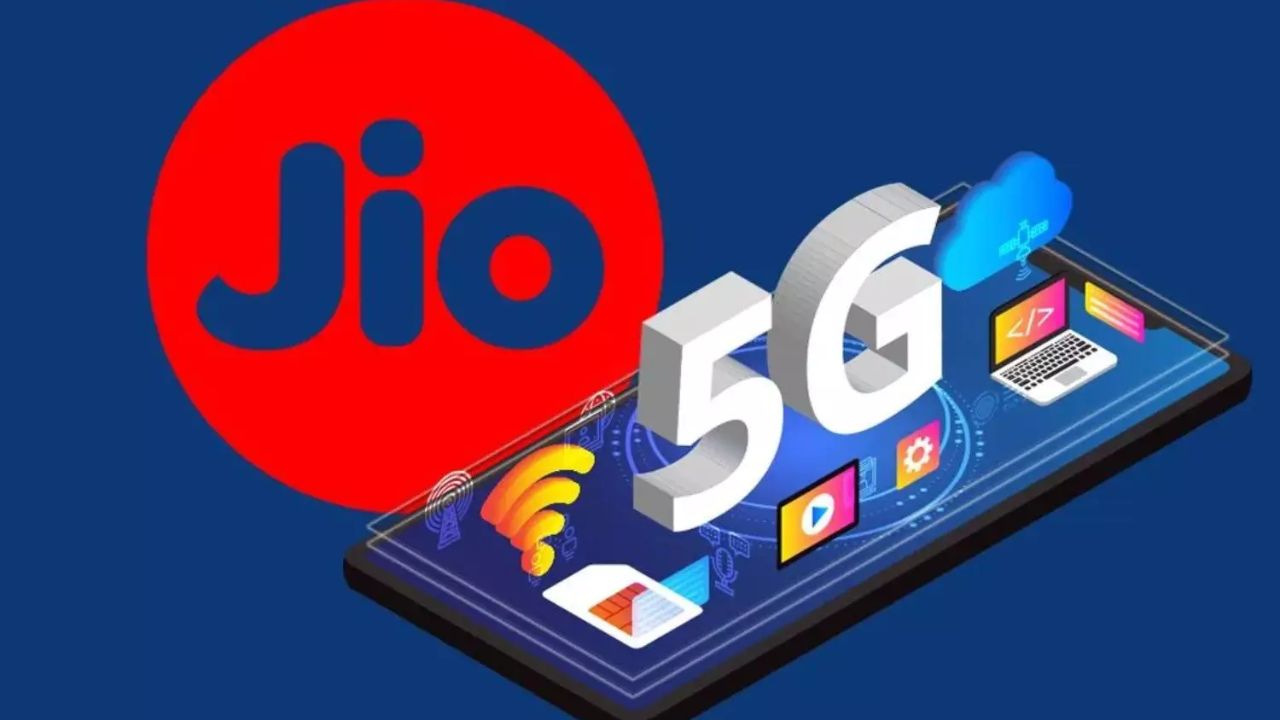The digital payments landscape in India is shifting yet again, this time with the National Payments Corporation of India (NPCI) announcing pivotal tweaks to its UPI chargeback framework. Beginning July 15, 2025, a more responsive, less cumbersome dispute resolution process is set to roll out—especially for those users whose genuine chargeback requests had been stymied by system-imposed limits.
Key Takeaways:
- Effective Date: The new UPI chargeback rules come into force from July 15, 2025.
- Empowered Banks: Issuing/remitting banks can now raise “good faith” negative chargebacks (RGNB) directly through the URCS platform without NPCI intervention, even if caps were previously hit.
- Addressing Declines: This change specifically targets genuine chargeback requests that were previously declined due to exceeding monthly caps (CD1 and CD2 reason codes).
- Streamlined Process: The goal is to simplify and expedite the resolution of legitimate payment disputes for UPI users.
- Misuse Prevention: These rules are a follow-up to earlier measures by NPCI to prevent misuse of the chargeback system, which saw caps introduced in December 2023.
- Compliance: Banks must use this new power responsibly; any deviation will be considered non-compliance, incurring penalties.
Let’s face it, UPI has revolutionized how money moves in India. It’s fluid, fast, and for the most part, frictionless. But it hasn’t been perfect. One nagging issue has been the slow and somewhat rigid process of reversing problematic transactions—fraudulent ones, failed payments, or even disputes over undelivered services. And when those disputes got declined simply because someone had hit a cap? That was understandably frustrating.
A New Era of Bank Autonomy in Dispute Resolution
Now, there’s a shift underway. According to NPCI’s latest circular (No. 184B/2025-2026, dated June 20, 2025), banks will be allowed to handle certain chargeback scenarios without having to loop in NPCI. It’s a substantial change. Previously, banks had to request NPCI’s nod through the Unified Real-time Clearing and Settlement (URCS) system—even when they were sure a dispute was legit.
Enter the new mechanism: Remitting Bank Raising Good Faith Negative Chargeback (RGNB). That’s quite the mouthful, but the idea is straightforward. Banks can now raise a chargeback themselves, even if the system had earlier rejected it using reason codes CD1 or CD2.
Just to recap: CD1 meant a user had already raised 10 chargebacks tied to their IFSC and account number in 30 days. CD2 flagged the sixth chargeback for a payer-payee pair in the same window. These caps were introduced in December 2023 to stop misuse. But they sometimes caught genuine cases in the crossfire.
So imagine a user gets unlucky—a series of failed transactions, maybe even some fraud, all within a few weeks. Their bank investigates and confirms it wasn’t their fault. But because of the caps, they still couldn’t get their money back. With RGNB, the bank can now go ahead and help, without waiting on NPCI.
Why the Caps? Understanding the Context
Of course, there’s history here. When NPCI set those limits, it wasn’t out of the blue. Some users had started gaming the system—filing questionable chargebacks en masse, perhaps hoping something would stick. To avoid overwhelming the infrastructure (and to protect merchants from baseless reversals), NPCI enforced the caps.
Still, the unintended consequence was that valid claims sometimes got blocked. These new rules acknowledge that. They aim to keep the safeguards intact while trusting banks to make judgment calls on verified cases. It’s a balancing act—fraud prevention on one hand, consumer fairness on the other.
Impact on Consumers and Merchants
What’s in it for everyday users? Well, for one, quicker relief. If your bank deems your claim valid, it can push through a resolution right away, rather than getting stuck in red tape. Faster refunds mean less stress, fewer escalations, and more confidence in the system.
For merchants, even though the change doesn’t directly affect how they operate, it’s not irrelevant. Efficient dispute handling reduces unresolved issues and keeps customers happy. Plus, by weeding out false chargebacks more effectively, it indirectly shields them from wrongful losses.
This isn’t the only change NPCI is making either. Starting June 30, 2025, all UPI apps must display CBS-verified beneficiary names. This means users will see the bank’s official record of the recipient’s name—not just whatever name the payee decided to show. It’s a crucial step in battling impersonation and fraud.
The Mechanism of RGNB
A quick word on how RGNB works: Banks can only use it when URCS has already declined a chargeback under CD1 or CD2. They must do this via the URCS front-end interface, not behind the scenes or as a shortcut to avoid penalties. NPCI has made it clear—any misuse will count as non-compliance and will carry consequences.
This responsibility placed on banks isn’t minor. It assumes they have the systems, and the intent, to verify disputes carefully. Which, frankly, they should.
A Historical Perspective on UPI and Chargebacks
UPI’s growth since its 2016 launch has been nothing short of extraordinary. From a handful of users to billions of monthly transactions, it’s changed how India pays. But with scale came complexity. More transactions meant more scope for things to go wrong—accidental payments, tech glitches, even outright scams.
Over time, NPCI responded with evolving rules and mechanisms. The 2023 caps were part of that evolution. Now, with RGNB, the process gets a little more human—allowing banks to step in when the system’s rules fall short in edge cases. It’s an incremental change, but a meaningful one.
These updates underline a broader trend: as UPI matures, so do its checks and balances. NPCI’s decision to entrust banks with greater discretion suggests confidence in how the ecosystem is maturing.
As India nudges closer to a cashless future, such changes help ensure that digital platforms remain trustworthy and efficient. Come July 15, UPI users might not see flashy new features—but behind the scenes, the system will be just a bit more responsive, a bit more just.
Frequently Asked Questions (FAQs)
Q1: What exactly are the new UPI chargeback rules coming into force from July 15, 2025?
A1: From July 15, 2025, issuing/remitting banks can raise “good faith” negative chargebacks (RGNB) directly via the URCS platform, even if the request was earlier rejected for exceeding CD1/CD2 caps. NPCI approval is no longer needed in such verified cases.
Q2: Why were previous chargeback requests sometimes declined with CD1 or CD2 reason codes?
A2: CD1 denotes the 11th chargeback linked to an IFSC/account combo within 30 days, and CD2 is the 6th chargeback between a specific payer-payee pair. These caps, introduced in December 2023, were meant to curb misuse of the system.
Q3: How will these new rules benefit UPI users?
A3: Genuine disputes that earlier hit cap limits can now be resolved more quickly. Banks don’t need to wait for NPCI’s green light to process verified claims, meaning faster refunds and fewer holdups.
Q4: Will these new rules affect the existing chargeback caps set by NPCI?
A4: No, the caps remain unchanged. The new rules simply provide a way for banks to bypass them in legitimate cases, assuming proper due diligence has been done.
Q5: What responsibilities do banks have under these new guidelines?
A5: Banks must ensure any RGNB claim is genuine and that all internal checks are completed. Misuse or attempts to dodge penalties using RGNB will be treated as non-compliance.
Q6: What is “RGNB” (Remitting Bank Raising Good Faith Negative Chargeback)?
A6: It’s a new process that lets a bank re-raise a declined chargeback (CD1 or CD2) via URCS, based on its own verification, without needing NPCI’s go-ahead.
Q7: Are there any other recent changes to UPI rules to prevent fraud?
A7: Yes. From June 30, 2025, UPI apps must show CBS-verified beneficiary names, helping users confirm who they’re paying and reducing impersonation scams.
